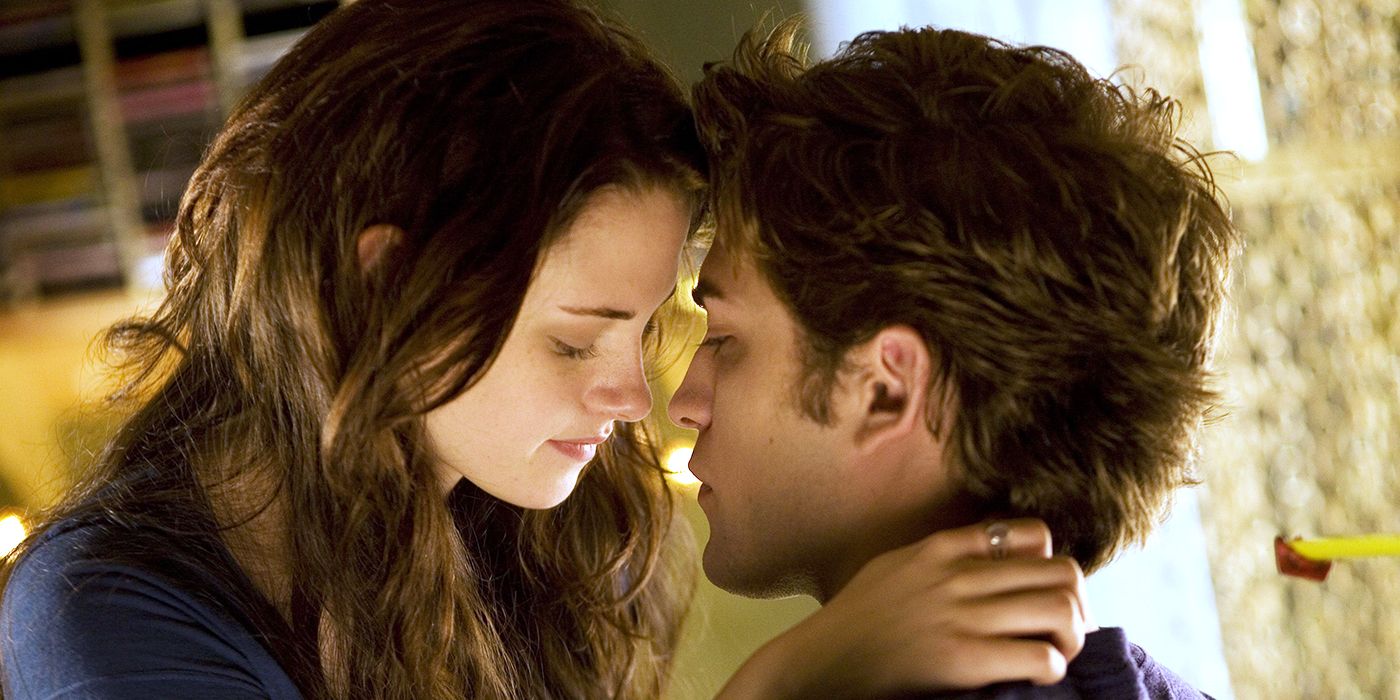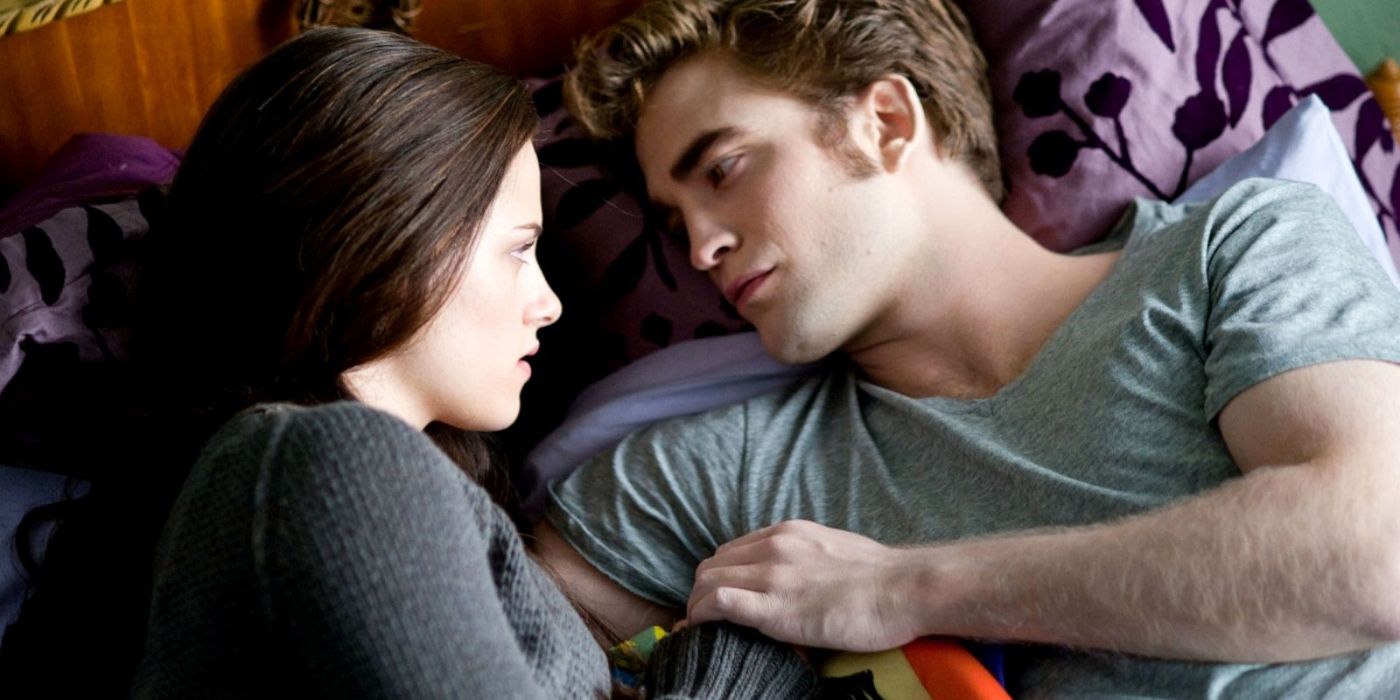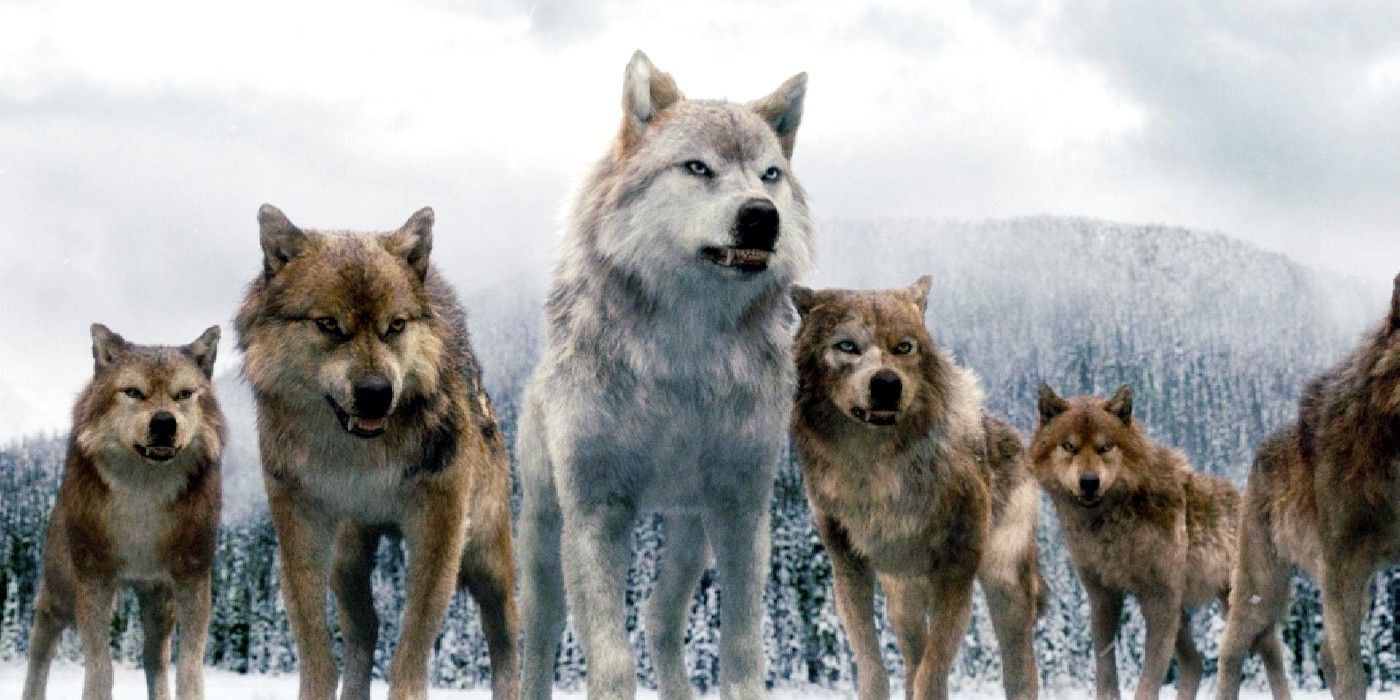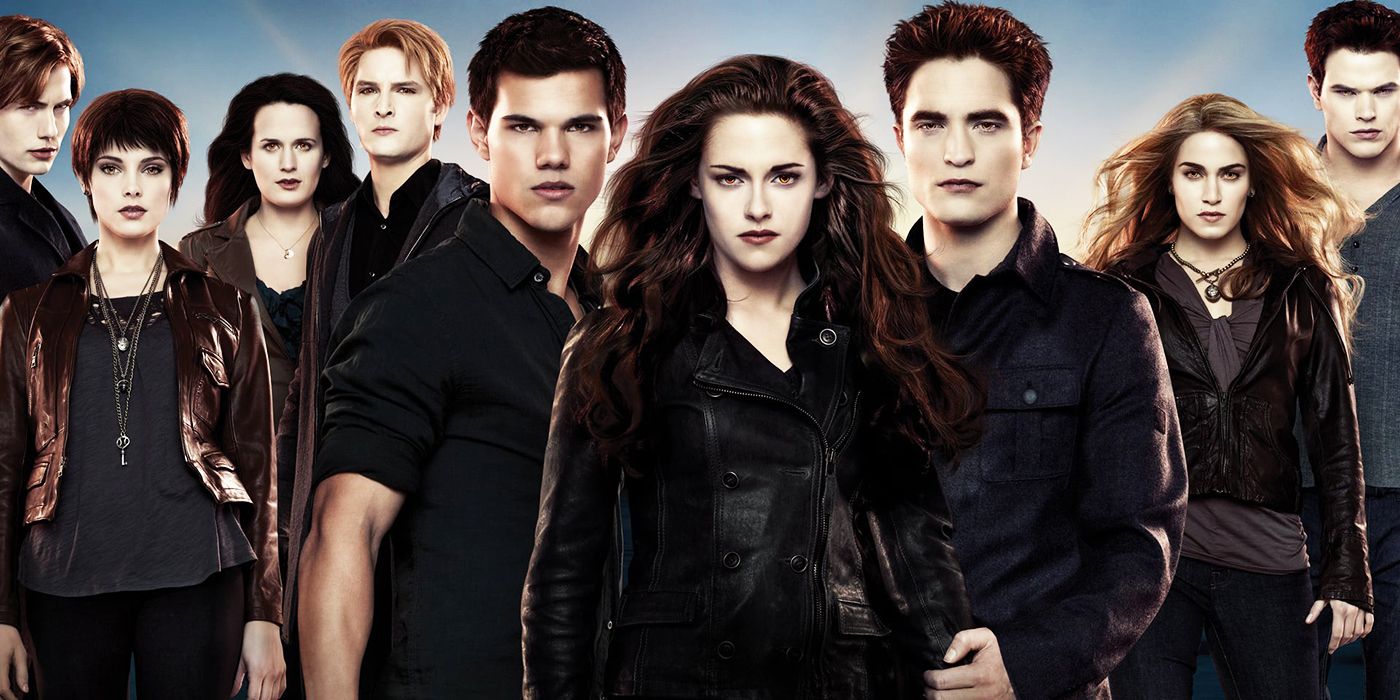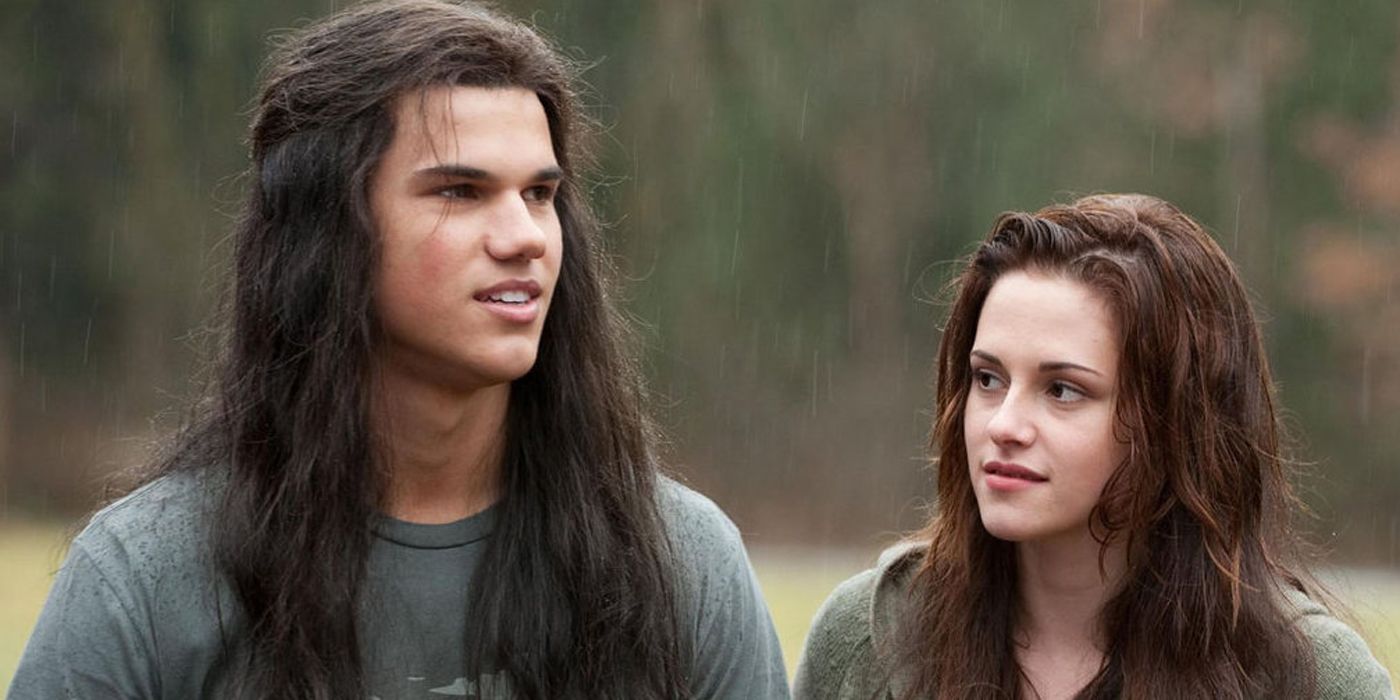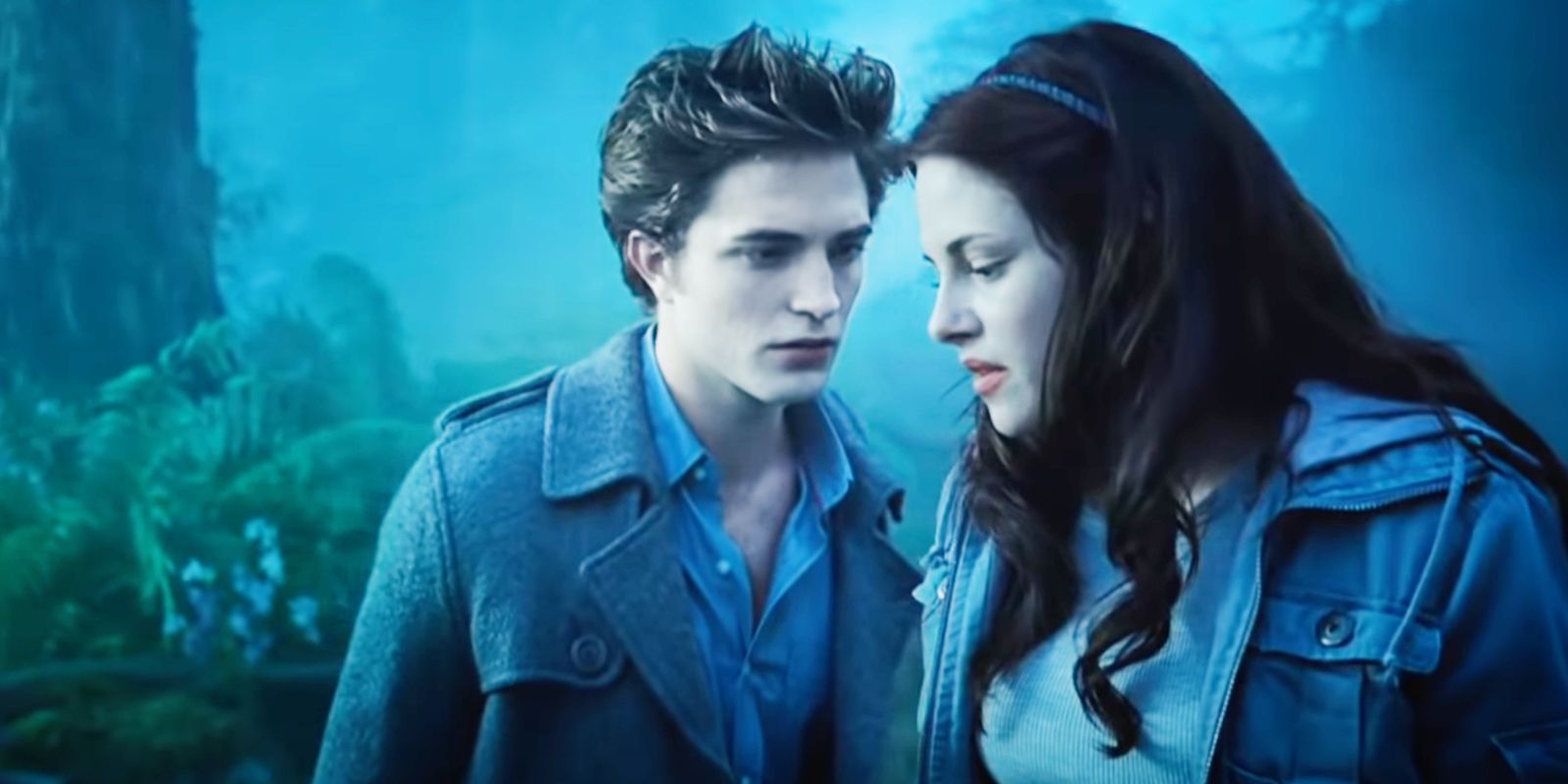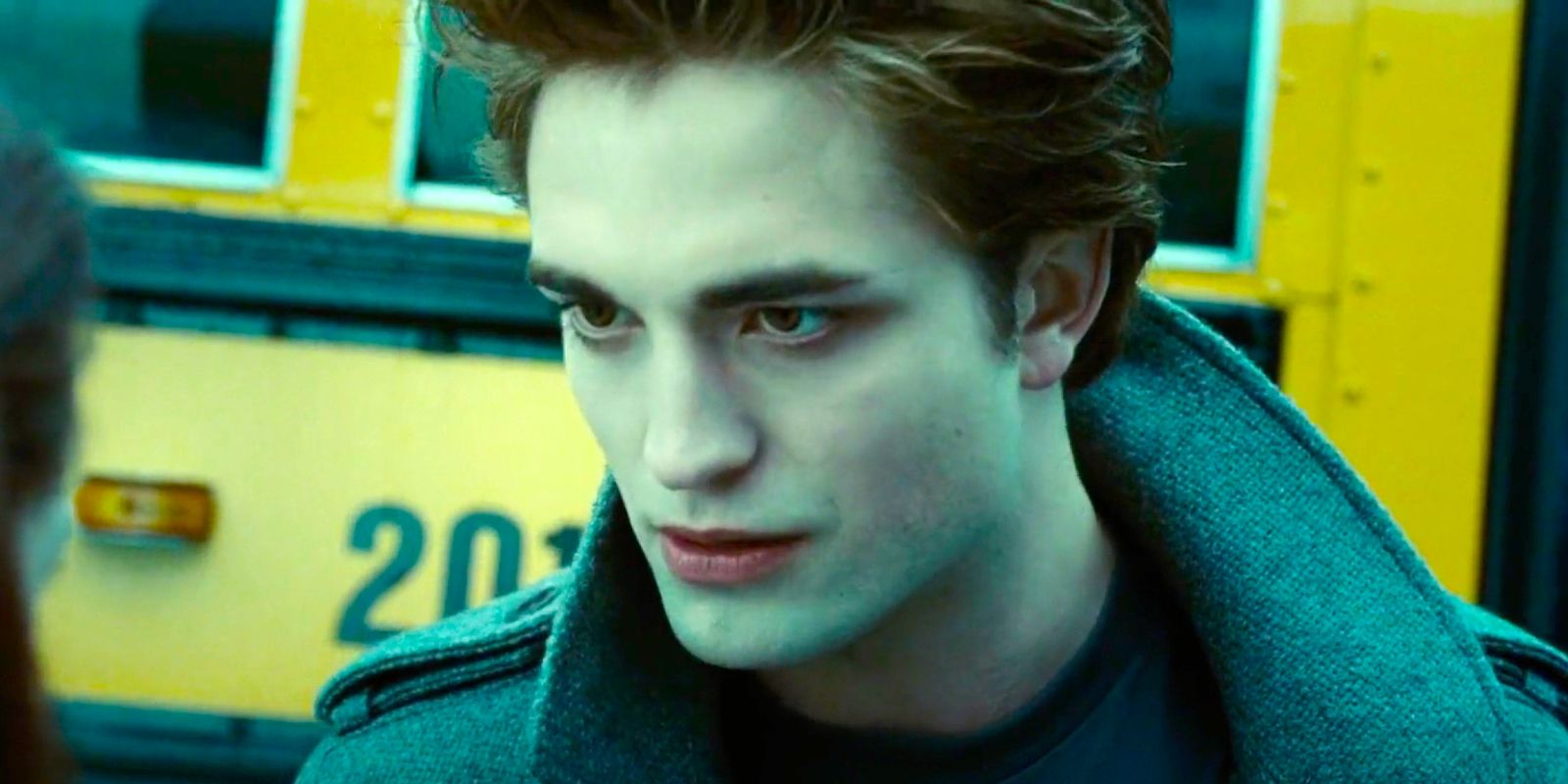
Kristen Stewart's Retrospective Reading of Twilight and the LGBTQ+ Themes

A deep dive into Kristen Stewart's perspective on Twilight and the potential for the upcoming reboot to embrace LGBTQ+ themes.
Kristen Stewart's Perspective on Twilight
Kristen Stewart's retrospective reading of Twilight has brought to light some intriguing insights about the LGBTQ+ themes underlying the popular vampire romance series. Stewart, who portrayed Bella Swan in the Twilight movies, has astutely observed the queer subtext that was not overtly evident at the time of the films' release.
Bella Swan (Kristen Stewart) and Edward Cullen (Robert Pattinson) have their first kiss in Twilight
In a recent interview, Stewart expressed her newfound perspective on Twilight, describing it as 'such a gay movie.' She highlighted the parallels between the central love story of Bella and Edward and the experiences of LGBTQ+ individuals who must conceal their relationships due to societal pressures and prejudices. Stewart's assessment sheds light on the underlying queer inclination in the narrative, emphasizing the significance of the hidden and forbidden nature of Bella and Edward's relationship.
Bella (Kristen Stewart) and Edward (Robert Pattinson) lying in bed and staring into each other's eyes in Twilight.
Stewart's observations resonate with the common experiences of the LGBTQ+ community, where the desire to embrace one's true identity and love is often overshadowed by the fear of retribution and societal condemnation. While Twilight may not have been intentionally crafted as a queer allegory, Stewart's retrospective reading offers a compelling perspective on the subtextual LGBTQ+ themes embedded in the narrative.
A pack of werewolves in Twilight.
Embracing LGBTQ+ Themes in the Twilight Reboot
The upcoming reboot of The Twilight Saga presents a unique opportunity to delve deeper into the LGBTQ+ themes that Kristen Stewart has highlighted. With the original series already containing significant queer subtext, the reboot has the potential to amplify and explore these themes in a more explicit and meaningful manner.
The Cullen family along with Jacob Black and Bella Swan in a promotional photo for the Twilight movies.
Stewart's suggestion that the Twilight narrative reflects the struggles of LGBTQ+ individuals in concealing their identities and relationships can serve as a guiding principle for the reboot. By drawing out explicit parallels between the supernatural elements of the story and LGBTQ+ identities, the reboot has the potential to resonate with a diverse audience and foster greater inclusivity.
To ensure authenticity and sensitivity in portraying LGBTQ+ themes, it is imperative for the reboot's writing staff to include diverse voices from the LGBTQ+ community. By incorporating the perspectives of LGBTQ+ writers, the reboot can authentically capture the nuances of queer experiences and relationships, thereby enriching the narrative with depth and resonance.
Bella (Kristen Stewart) looking at Jacob (Taylor Lautner) as they talk in the rain in Twilight.
Evolving the Twilight Narrative with LGBTQ+ Representation
As the Twilight reboot endeavors to retell the original narrative, there is a compelling case for infusing the story with explicit LGBTQ+ representation. By introducing LGBTQ+ characters and integrating their experiences into the storyline, the reboot can expand the thematic richness of the series and resonate with contemporary audiences.
Edward (Robert Pattinson) stares at Bella (Kristen Stewart) in the woods in Twilight.
Moreover, the Twilight reboot can utilize its format as a TV series to delve into the diverse identities and experiences within the LGBTQ+ community. By introducing new LGBTQ+ characters and developing existing ones with greater depth, the reboot can enrich the narrative fabric with compelling and authentic portrayals of LGBTQ+ individuals.
Edward (Robert Pattinson) standing in front of a school bus in Twilight.
The evolution of the Twilight narrative with LGBTQ+ representation not only aligns with the contemporary societal landscape but also fosters a more inclusive and resonant storytelling approach. By embracing and celebrating LGBTQ+ themes, the reboot has the potential to carve a distinct identity that resonates with a diverse and inclusive audience.
